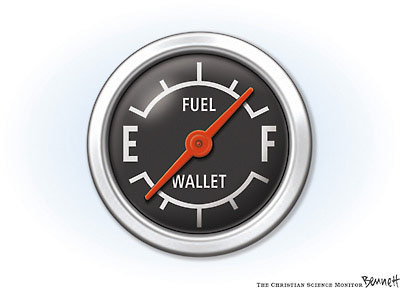Getting
great MPG is a perfect way to save money on a weekly basis. With gas prices going down steadily, it’s
still an effective way to save at the pump, keeping your money for something a
tad more…fun. MPG is an important factor
in car buying. Many of you come into our
dealership looking for a vehicle that gets great MPG, but is still comfortable
and fun to drive. We get that. So, in today’s blog, we’re providing some
ways to find out and compare MPG to find the best fit for your budget, and your
pockets.
Window Sticker
When
you come into the dealerships, check out the EPA label with three combined
numbers:
- City
- Highway
- Combined MPG
City
MPG factors traffic, stop and go, and city streets. Highway reflects an open road number, and a
certain speed. The combined mpg rating is the most realistic whether than
highway or city, because it’s a more realistic driving standard. As of 2013, a new label that makes the
combined MPG more prominent will be displayed with more information regarding
annual fuel costs.
Fuel Economy.gov
The
U.S. Department of Energy has one of the best tools for looking up and
comparing MPG, allowing consumers to search all the way back to 1984. The website also allows you to make comparisons
between vehicles, as well as customized driving data for more accurate results.
According to Edmunds:
“Clicking on the "Personalize" button
takes you to a screen where you can input your annual mileage, the price of
fuel in your area and the percentage of miles you drive in stop-and-go traffic.
The "Fuel Economics" section of the page then shows you a variety of
results, such as how much it will cost to fill the tank, the cost to drive 25
miles, fuel used to drive 25 miles, the average miles on a tank, the size of
the tank and estimated annual fuel costs.”


 Source:
Source:
